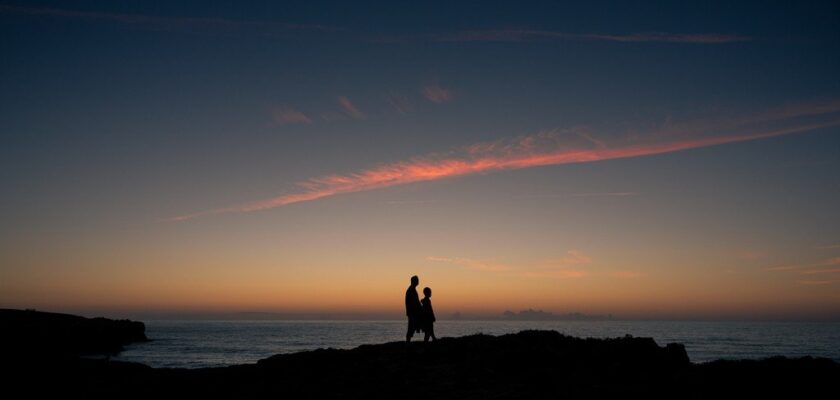Atlantic Ocean
The Atlantic Ocean is the second largest ocean after the Pacific Ocean. The name comes from the name of the titan Atlas (Atlanteus) in Greek mythology or from the legendary island of Atlantis (and not backwards as many believe).
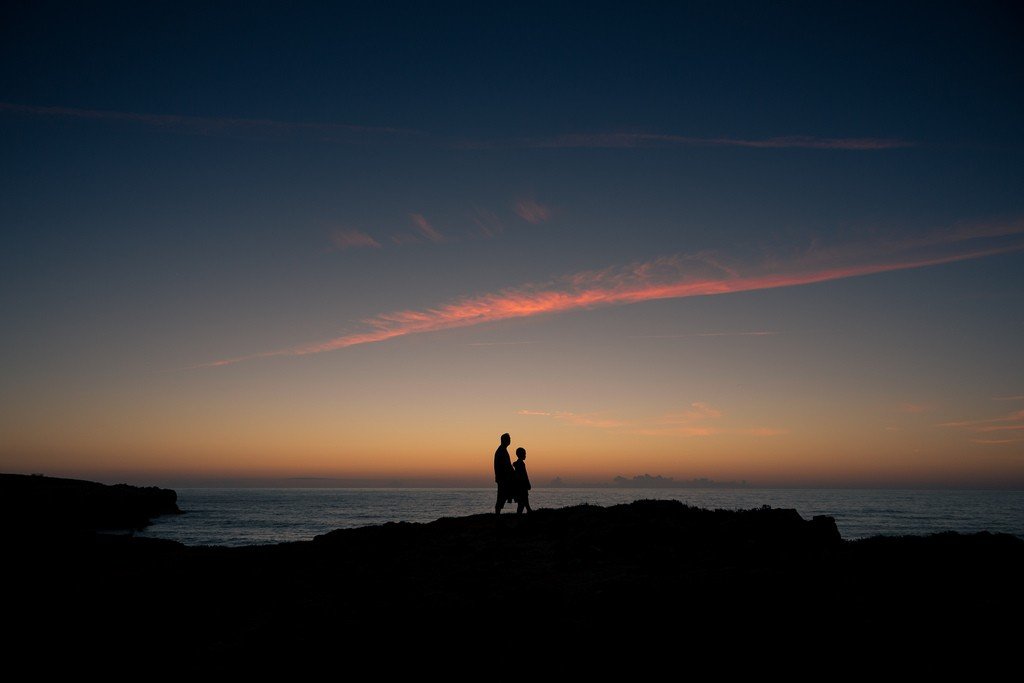
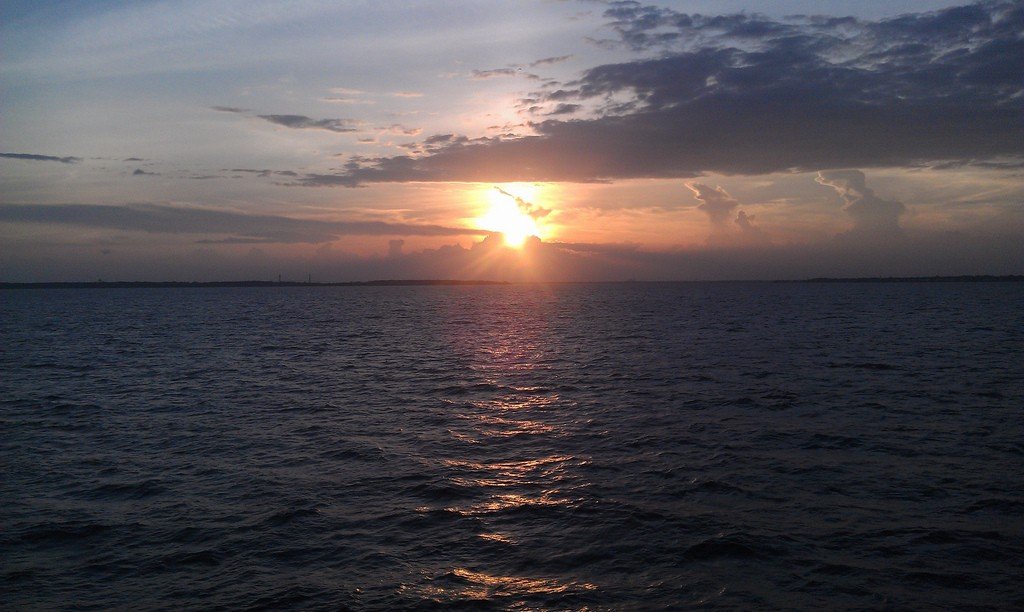
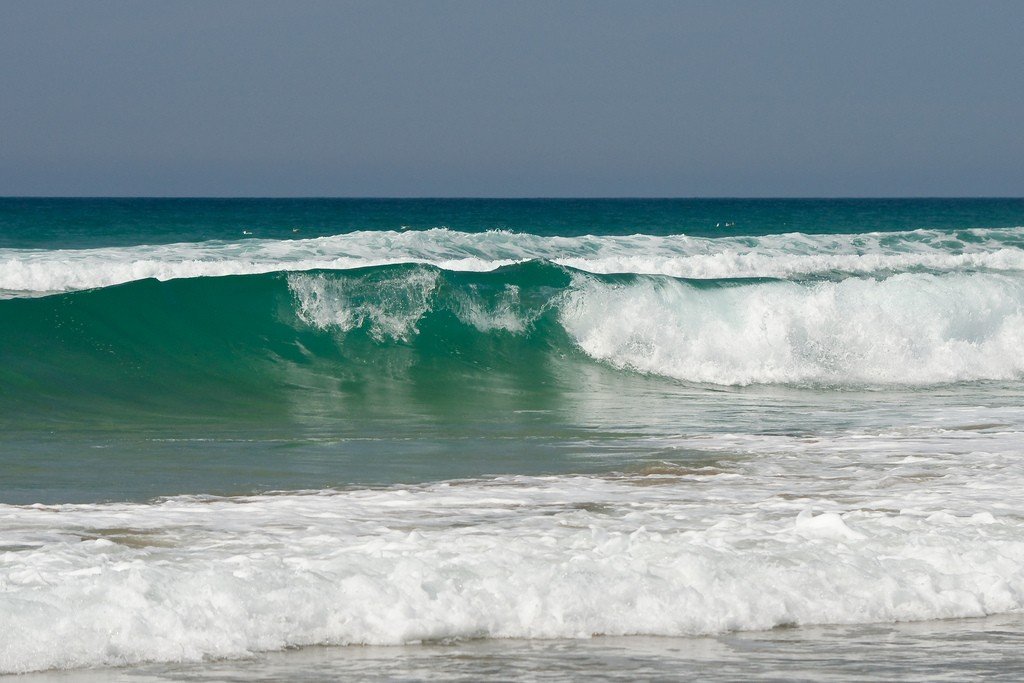
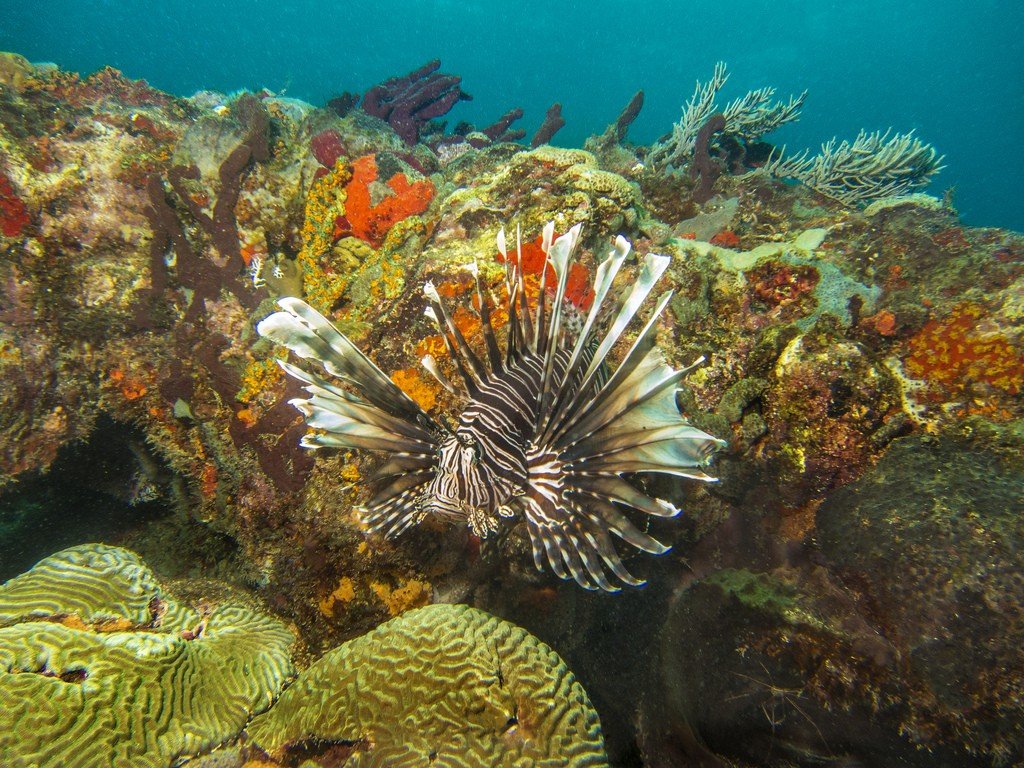
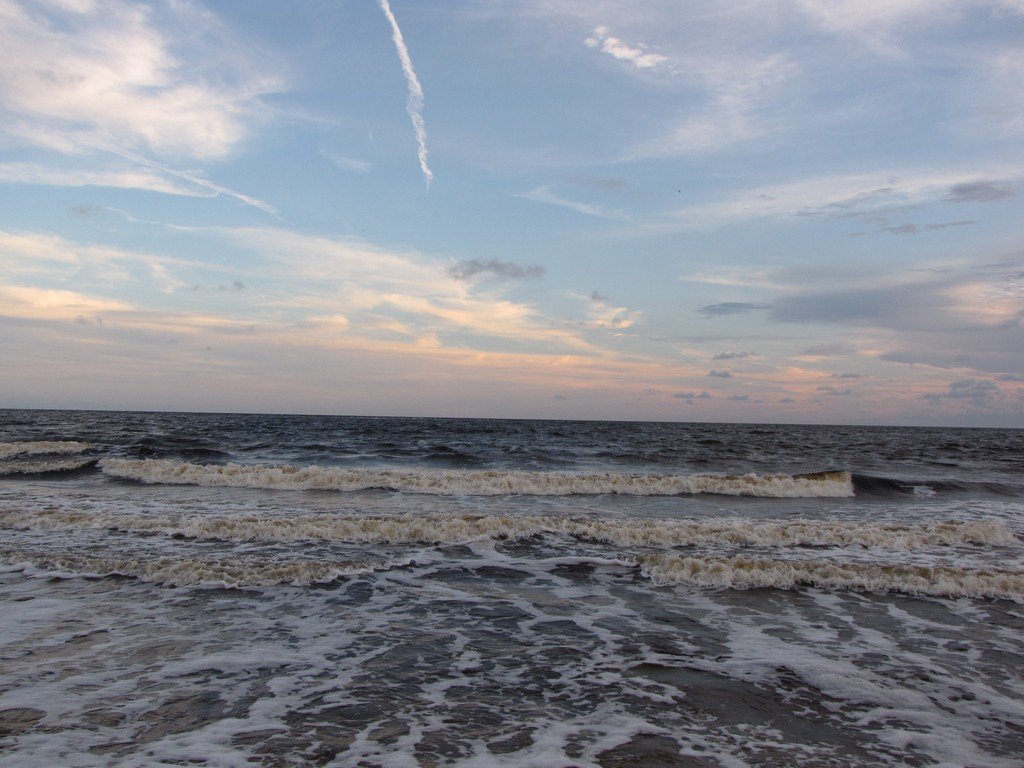
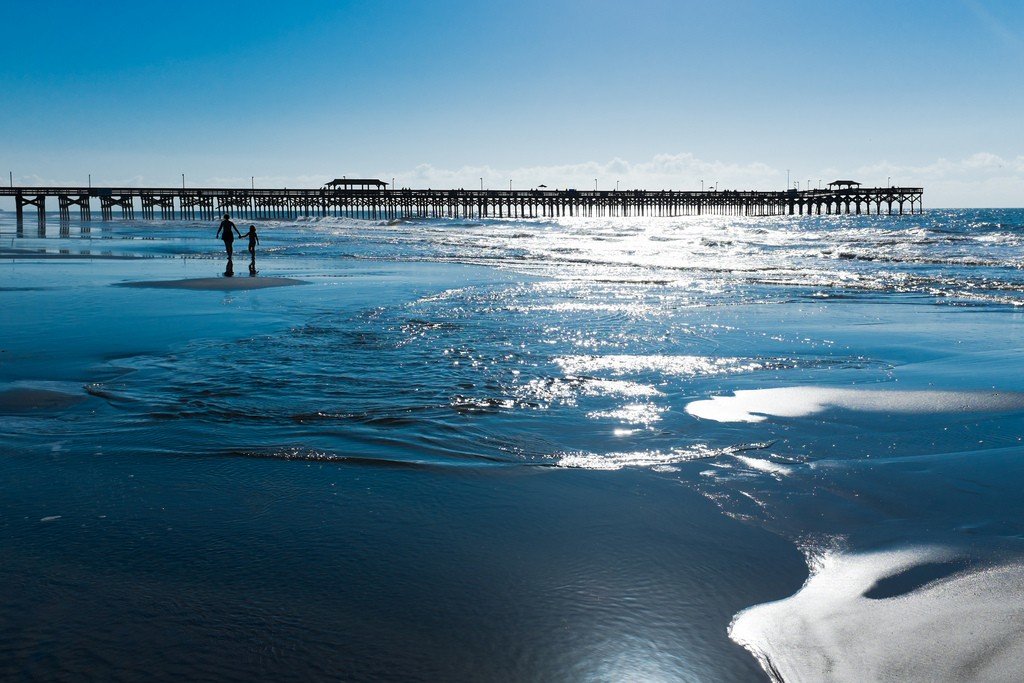
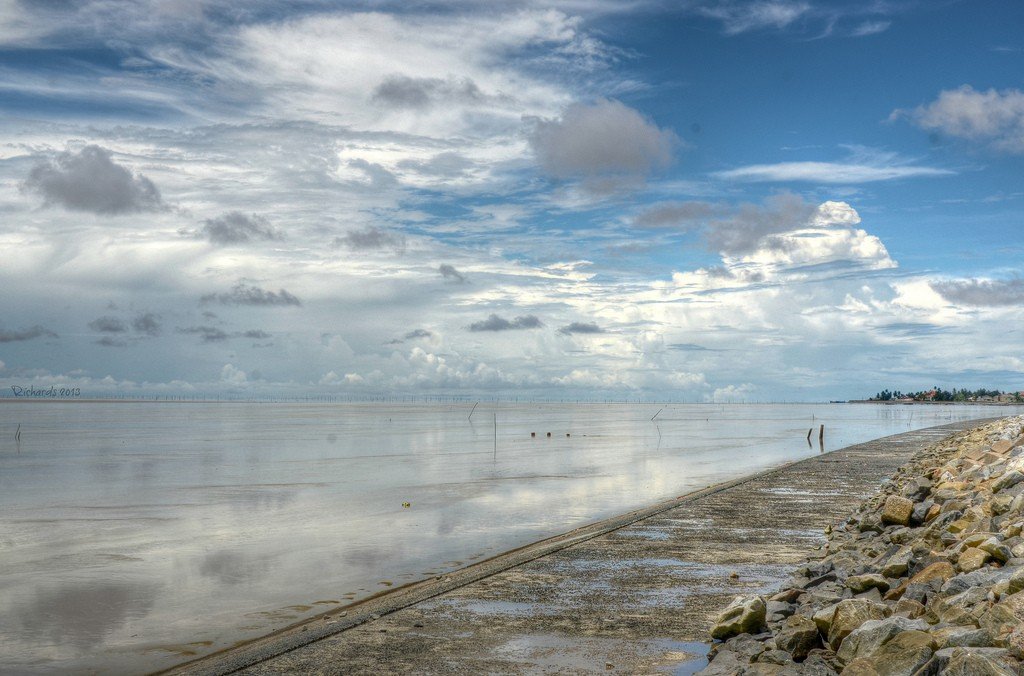
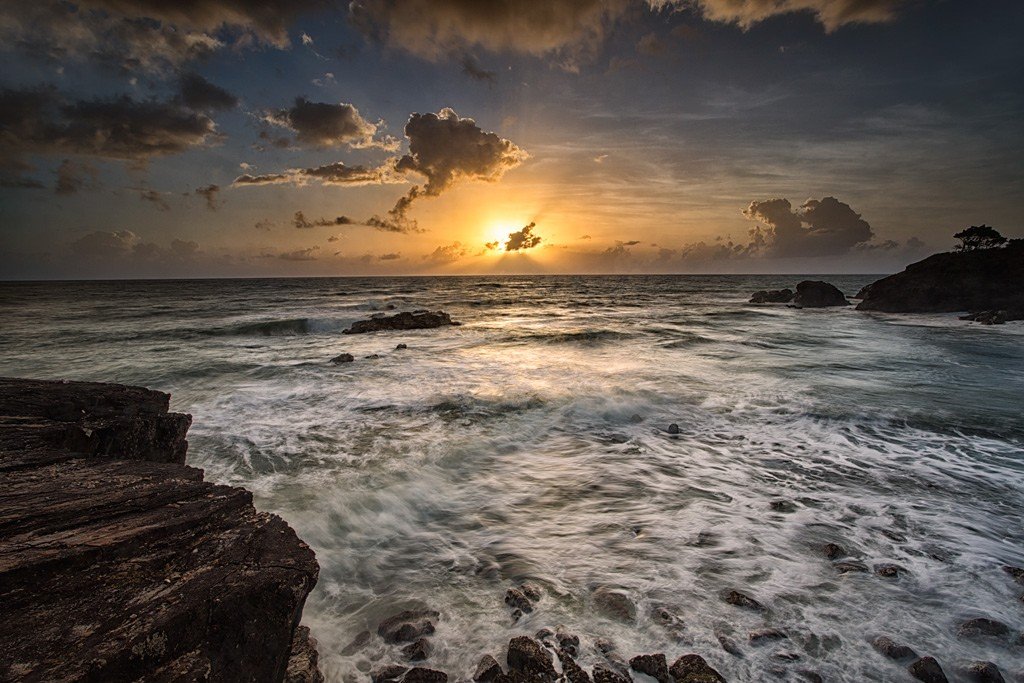
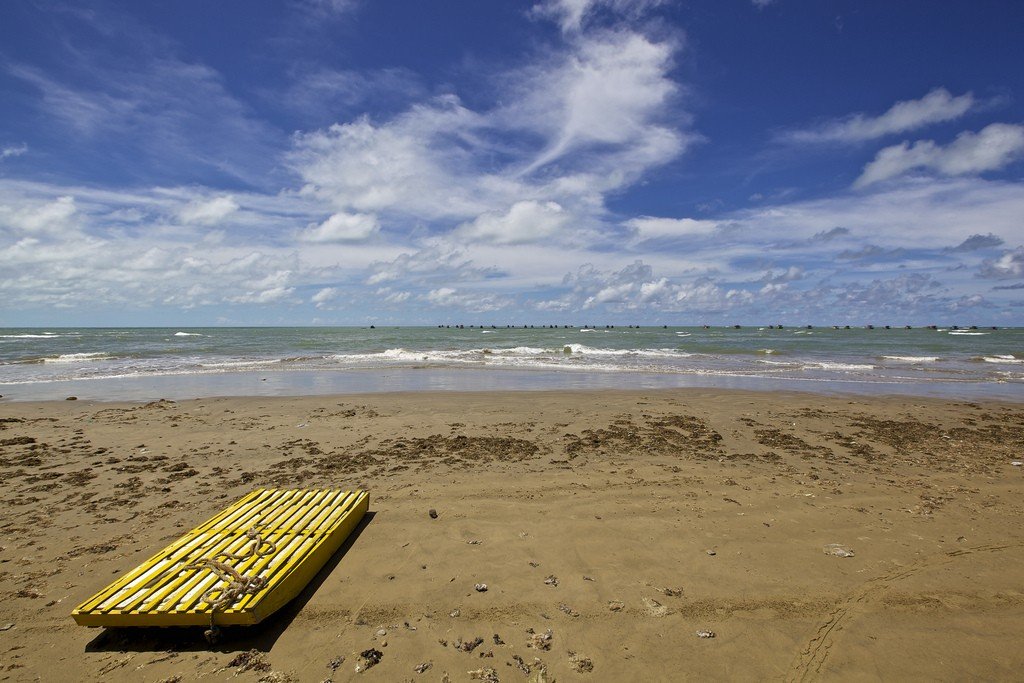
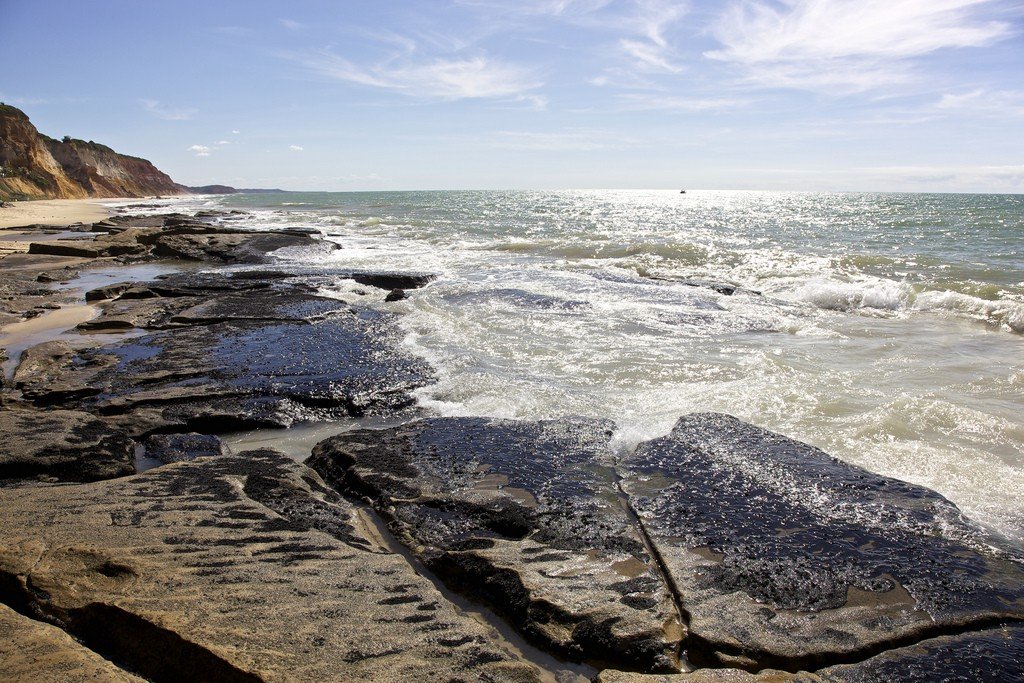
General information
The Atlantic Ocean is second only to the Pacific Ocean in size, with an area of approximately 91.56 million km². It is distinguished from other oceans by its highly indented coastline, forming numerous seas and bays, especially in the northern part. In addition, the total area of the basins of rivers flowing into this ocean or its marginal seas is much larger than that of rivers flowing into any other ocean. Another difference in the Atlantic Ocean is the relatively small number of islands and the complex topography of the bottom, which forms many separate basins due to underwater ridges and rises.
.North Atlantic Ocean
Boundaries and coastline. The Atlantic Ocean is divided into northern and southern parts, the boundary between which is conventionally drawn along the equator. From the oceanographic point of view, however, the equatorial countercurrent, located at 5-8°N, should be referred to the southern part of the ocean. The northern boundary is usually drawn along the Arctic Circle. In places, this boundary is marked by submarine ridges.
.In the Northern Hemisphere, the Atlantic Ocean has a highly indented coastline. Its relatively narrow northern part is connected to the Arctic Ocean by three shallow straits. In the northeast, the 360-km-wide Davis Strait (at the latitude of the Arctic Circle) connects it to the Baffin Sea, which belongs to the Arctic Ocean. In the central part, between Greenland and Iceland, is the Denmark Strait, only 287 km wide at its narrowest point. Finally, in the northeast, between Iceland and Norway, is the Norwegian Sea, which is about 1220 km wide. In the east, the Atlantic Ocean is separated from the Atlantic Ocean by two deep water areas. The northern one starts with the North Sea, which to the east turns into the Baltic Sea with the Gulf of Bothnia and the Gulf of Finland. To the south there is a system of inland seas – the Mediterranean and the Black Sea – with a total length of about 4000 km. In the Strait of Gibraltar, which connects the ocean with the Mediterranean Sea, there are two oppositely directed currents one below the other. The current from the Mediterranean Sea to the Atlantic Ocean has a lower position because Mediterranean waters, due to more intense evaporation from the surface, are characterized by greater salinity and therefore greater density.
.In the tropical belt in the southwestern North Atlantic are the Caribbean Sea and the Gulf of Mexico, connected to the ocean by the Straits of Florida. The coast of North America is indented by small bays (Pamlico, Barnegat, Chesapeake, Delaware, and Long Island Straits); to the northwest are the Bays of Fundy and St. Lawrence, Bell Isle, Hudson Strait, and Hudson Bay.
.The largest islands are concentrated in the northern part of the ocean; they are the British Isles, Iceland, Newfoundland, Cuba, Haiti (Hispaniola), and Puerto Rico. There are several groups of small islands on the eastern edge of the Atlantic Ocean – the Azores, the Canaries, and the Cape Verde Islands. There are similar groups in the western part of the ocean. The islands of the Bahamas, the Florida Keys, and the Lesser Antilles are examples. The archipelagos of the Greater and Lesser Antilles form an island arc surrounding the eastern Caribbean Sea. In the Pacific Ocean, such island arcs are characteristic of areas of crustal deformation. Along the convex side of the arc are deep-sea troughs.
.The Atlantic Ocean trench is bordered by a shelf that varies in width. The shelf is cut by deep gorges – so-called submarine canyons. Their origin is still controversial. According to one theory, the canyons were cut by rivers when the ocean level was lower than it is today. Another theory attributes their formation to the activity of mutable currents. It has been suggested that mutable currents are the main agent in the deposition of sediment on the ocean floor and that it is these currents that cut the submarine canyons.
.
The floor of the North Atlantic Ocean has a complex rugged topography formed by a combination of submarine ridges, uplands, basins and gorges. Most of the ocean floor, from a depth of about 60 m to several kilometers, is covered with thin muddy sediments of dark blue or bluish-green color. A relatively small area is covered by rocky outcrops and areas of gravelly pebble and sandy sediments, as well as deep-sea red clays.
.
Telephone and telegraph cables have been laid on the shelf in the North Atlantic Ocean to connect North America with Northwest Europe. Here also, industrial fishing areas, among the most productive in the world, are confined to the North Atlantic shelf area.
In the central part of the Atlantic Ocean passes, almost repeating the outlines of coastlines, a huge underwater mountain chain of about 16 thousand kilometers long, known as the Mid-Atlantic Ridge. This ridge divides the ocean into two roughly equal parts. Most of the peaks of this submarine ridge do not reach the surface of the ocean and are at a depth of at least 1.5 km. Some of the highest peaks rise above the ocean level and form islands – Azores in the North Atlantic and Tristan da Cunha in the South. In the south, the ridge skirts the coast of Africa and continues further north into the Indian Ocean. A rift zone runs along the axis of the Mid-Atlantic Ridge..Surface currents in the North Atlantic Ocean move in a clockwise direction. The main elements of this large system are the northward-flowing warm Gulf Stream Current, and the North Atlantic, Canary, and Northern Passat (Equatorial) Currents. The Gulf Stream follows from the Straits of Florida and Cuba Island in a northerly direction along the coast of the United States and at about 40°N diverges to the northeast, changing its name to the North Atlantic Current. This current splits into two branches, one of which follows northeastward along the coast of Norway and then into the Arctic Ocean. It is thanks to it that the climate of Norway and all of northwestern Europe is much warmer than would be expected at latitudes corresponding to the area extending from Nova Scotia to southern Greenland. The second branch turns southward and then southwestward along the coast of Africa, forming the cold Canary Current. This current moves southwest and joins the North Passage Current, which heads westward toward the West Indies, where it merges with the Gulf Stream. North of the North Passage Current is an area of stagnant water, abundant in algae, known as the Sargasso Sea. Along the North Atlantic coast of North America from north to south runs the cold Labrador Current, which follows from Baffin Bay and the Labrador Sea and cools the shores of New England.
South Atlantic Ocean
Some specialists refer to the Atlantic Ocean in the south as the entire water area as far south as the Antarctic ice sheet; others take as the southern boundary of the Atlantic an imaginary line connecting Cape Horn in South America with the Cape of Good Hope in Africa. The coastline in the South Atlantic is much less indented than in the North Atlantic, and there are no inland seas through which the influence of the ocean could penetrate into the interior of Africa and South America. The only major gulf on the African coast is the Gulf of Guinea. On the coast of South America, there are also few large bays. The southernmost tip of this continent, Tierra del Fuego, has a rugged coastline fringed by numerous small islands.
There are no large islands in the South Atlantic Ocean, but there are some isolated islands, such as Fernando di Noronha, Ascension, São Paulo, St. Helena, the Tristan da Cunha archipelago, and in the far south, Bouvet, South Georgia, South Sandwich Islands, South Orkney Islands, and the Falkland Islands.
.In addition to the Mid-Atlantic Ridge, two major submarine mountain ranges stand out in the South Atlantic. The Whale Ridge extends from the southwestern tip of Angola to Tristan da Cunha Island, where it joins the Mid-Atlantic Ridge. The Rio de Janeiro Ridge extends from the Tristan da Cunha Islands to the city of Rio de Janeiro and is a group of distinct submarine elevations.
The major current systems in the South Atlantic Ocean move counterclockwise. The Southern Passage Current is directed westward. It splits into two branches at the projection of the east coast of Brazil: the northern branch carries waters along the northern coast of South America into the Caribbean, while the southern branch, the warm Brazil Current, moves south along the Brazilian coast and joins the West Wind Current, or Antarctic Current, which heads east and then northeast. Part of this cold current separates and carries its waters northward along the African coast, forming the cold Benguela Current; the latter eventually joins the Southern Passage Current. The warm Guinea Current moves south along the coasts of Northwest Africa into the Gulf of Guinea.
.